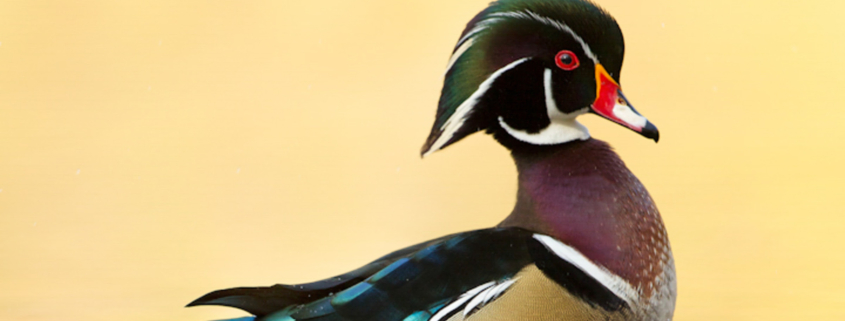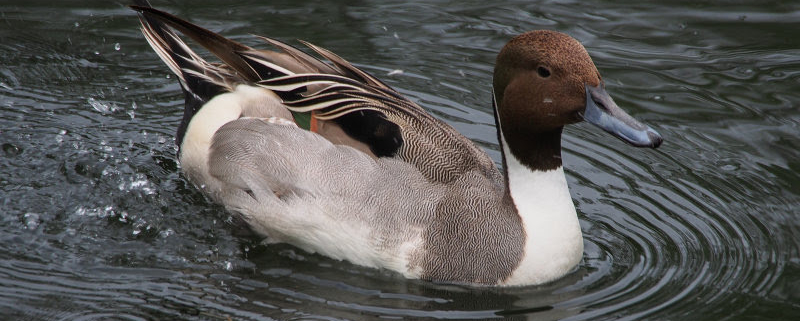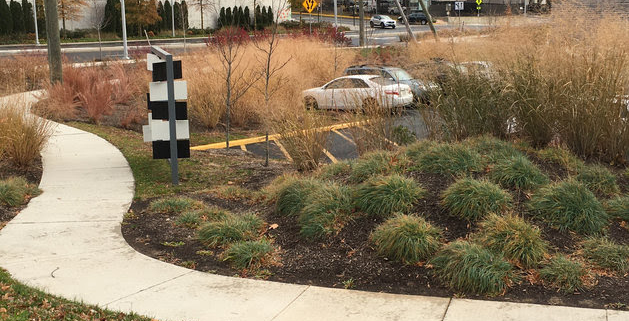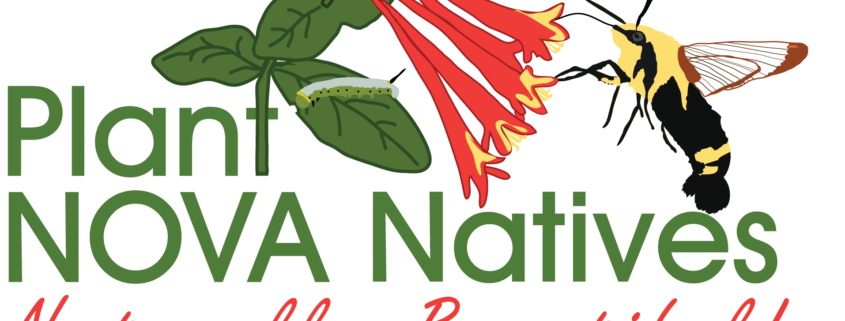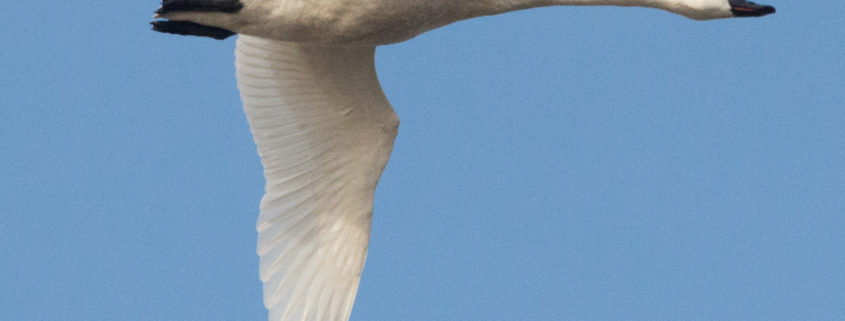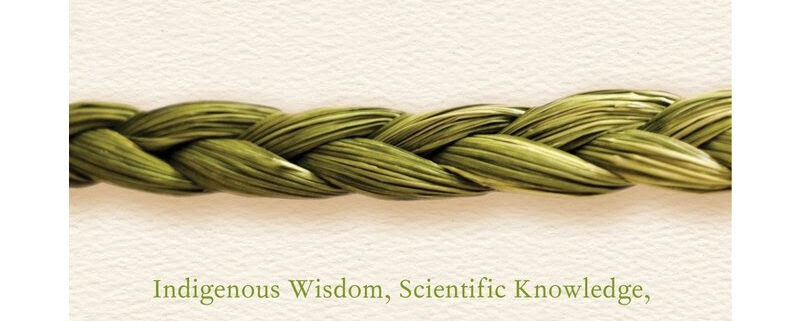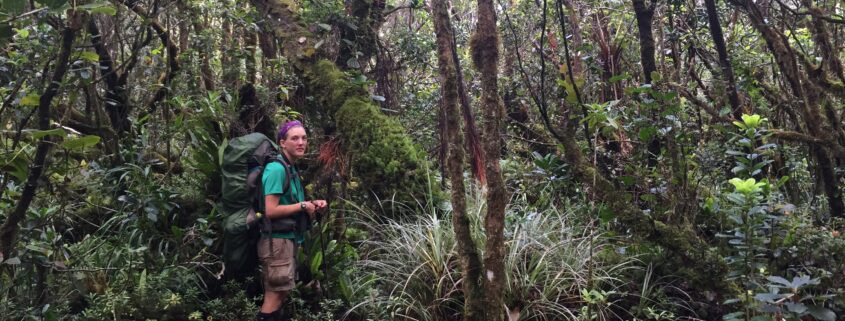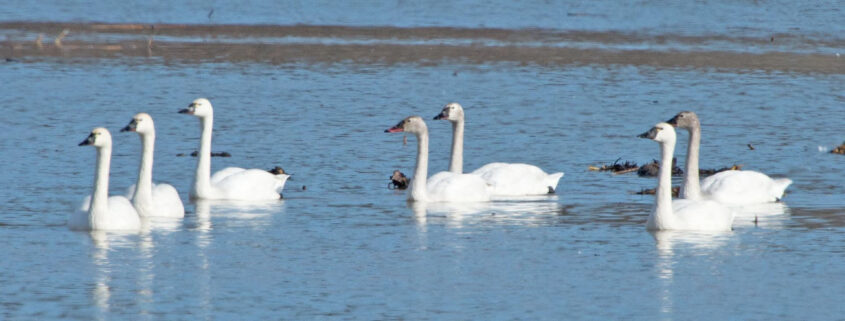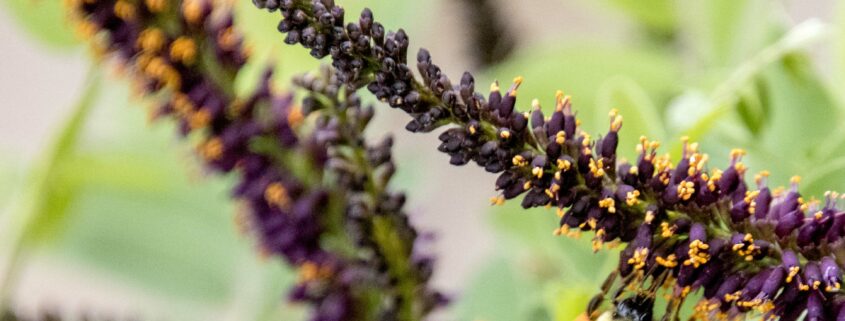Reposted from the Rare blog
Brett Jenks
In her column this week, Axios’ Amy Harder offers “confessions of an energy reporter,” and admits that even she — someone fluent in facts about climate change — isn’t likely to adopt climate-friendly behaviors unless she is incentivized economically to do so.
Harder cited research Rare conducted that identified seven behaviors which, if adopted by 10 percent of Americans, could help us meet our greenhouse gas reduction obligations under the 2015 Paris Agreement. These behaviors, drawn from the great work done by Project Drawdown, are things individual people and households can do — things like adopting a plant-rich diet, purchasing an electric vehicle, installing rooftop solar, and purchasing carbon offsets.
But Harder is skeptical:
Voluntary action can be helpful and inspiring. But ultimately most experts agree systemic change on a global scale — led by governments implementing economic policies — is necessary to adequately address climate change. So, I’m not losing sleep over my flying and eating habits — and I’ll only make big changes if the price tags get a lot bigger.
I loved Harder’s column for a couple of reasons. And not just because she referenced Rare, the conservation nonprofit I run.
First, she crystallizes what has been missing from efforts to drive individuals to adopt more sustainable behaviors — our understanding of human behavior and motivation.
Take the example Harder’s cites — a study that says economic incentives are more effective than moral persuasion at getting people to reduce their energy consumption. If you dig into that study, you’ll see it violates the cardinal rule of behavior change: failing to understand what motivates the target actor. The economists drafting this study attempting to “morally persuade” people with the following text message:
“Substantial energy conservation will be required for the society in ‘critical peak-demand hours’ on summer and winter peak-demand days, in which electricity supply will be very limited relative to demand.”
This might convince a robot, but it is far from compelling for the rest of us.
I would instead look at energy consumption studies that test messages that are morally compelling for the target actors.
Take, for example, this study which compares how much energy people conserve when they are told about the money they could save versus their impact on childhood asthma and cancer. Now, if people only respond to financial incentives, then we would expect to see energy reduction in the first case and no effect in the second. But what the study found is that people consume far less when they consider the health impact of their behavior on themselves and others. By focusing on, and taking seriously people’s motivations, we can achieve greater changes in behavior than simply focusing on economic consequences.
Second, her reflections include motivations outside of the moral versus economic dichotomy. As Harder points out, her own health, and her family traditions — not just economics — influence her decisions.
When I’m home on my family’s cattle ranch in Washington state, I eat beef almost daily. Burgers. Steak. Prime rib. Pot roast. Hot dogs. Meatloaf. Cube steak. You get the point.
So, what if those around Harder changed their behavior? Would she still wait for an economic incentive? Social science suggests not. After all, we are social animals who move with the herd. We all know what happens to the wildebeest who is left behind.
All this goes to show how our understanding of people’s motivations and human decision-making is the game-changer for driving personal action on climate change.
For decades, the environmentalist’s toolkit for promoting pro-environment behaviors has generally depended on passing laws and regulations, running awareness campaigns, or offering economic incentives or disincentives
But what if we could design interventions that are more closely aligned with how people actually make decisions and understand what truly motivates them? At Rare, we’re working to weave three strategies that take into account human behavior and motivation into the climate playbook:
- Appeal to people’s emotions. People are predictably irrational. Using emotions, especially positive ones like pride can effectively drive people to adopt sustainable behaviors. We see that on display in spades in the study I referred to earlier. By understanding that people find health, particularly the health of children, to be emotionally compelling meant that appealing to those concerns was far more effective at reducing energy consumption than appealing to financial benefits.
- Shift social norms. People are social animals. We move with the herd. Recent research into “dynamic norms” suggests that people are more likely to adopt climate-friendly behaviors if they sense that others are starting to adopt them — that norms are shifting. Take reducing water or energy consumption as an example. Numerousstudieshave found that when people are shown that they are consuming more than their neighbors, they reduce their own consumption.
- Redesign the context around choices. Changing the context and timing around a decision can influence the choice a consumer makes. This is called “choice architecture.” Take switching to a green energy provider. A study in Germany found that setting the green energy option, which was notably more costly, as the default option increased adoption by almost tenfold. This default didn’t change anything financially but took into account that people’s choice is influenced by how that choice is presented.
We are in a golden age of understanding human behavior and decision-making. And the application of behavioral economics, psychology, and other social sciences is gaining steam. Just look at Richard Thaler recently winning the Nobel Prize for his work in behavioral economics. Or the proliferation of government offices designing interventions based on behavioral science, or “nudge” units, in governments around the world.
Don’t get me wrong. We do need systemic change at the international and national level. But let’s face it, that’s not likely to happen anytime soon. And in the meantime, we’re not powerless. We’re not limited to voting every couple of years. We know individual behavior can have an impact. And we know that understanding human behavior and motivations, and designing behavior-centered solutions, is a way to get climate-friendly behaviors adopted.
Human behavior helped get us into this climate mess. Hopefully, our understanding of it will help get us out of it.


